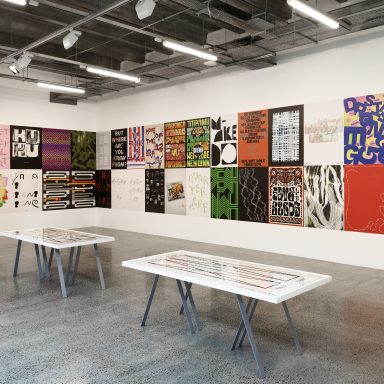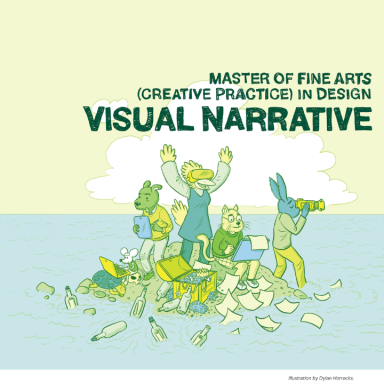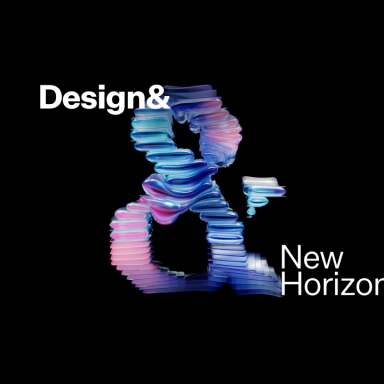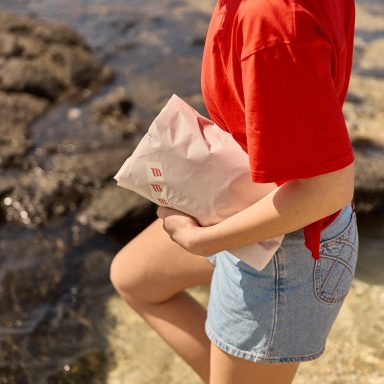Field Guide 2020: A Daring & Caring Re-imagining
This Field Guide article is part of a series of commissioned essays, interviews, podcasts and artworks to be published over 16 weeks on designassembly.org.nz and culminate in a downloadable PDF publication which will be distributed nationally.
We are incredibly grateful to Creative New Zealand who funded this 2020 Field Guide, which actively investigates, celebrates, nurtures and challenges current design thinking, methodology and practitioners in the Aotearoa design community.
The project is “a multidisciplinary exploration of New Zealand’s post-COVID design practice”. It is produced by five authors, six illustrators, with art direction, design, editorial, publishing and production support from the Design Assembly team & RUN Agency.

Supported by Creative New Zealand
The artwork to accompany this article is by Carol Green a freelance illustrator who creates a range of work – from posters and communication-assistance resources, to live sketching and illustrations for storytelling.
A Daring & Caring Re-imagining
2020 thrust upon us an opportunity to reset – despite the disruption, the pandemic has the potential to be a positive turning point in the design industry – this article explores your bold ideas and ambitions for our future. Jacinda Ardern said that Kiwis respond to adversity with collective purpose, determination and kindness, this underpinned the government response and was also reflected in your reimagining of a post-COVID practice. Aotearoa Design aspire to better workplaces, better conditions, greater understanding, greater representation, more connectivity and more empathy.
Collective Purpose
Working together, looking out for one another, as a “Team of 5 million” we strengthen “brand Aotearoa” you aspired to continue that teamwork, togetherness and unification with more collaboration and less competition within our industry. You spoke of how our teamwork locally will be an asset in us succeeding globally.
You said:
“We work with mostly international clients. They’re impressed with how New Zealand has approached Covid-19. It’s doing good things for our brand as a country… and that’s a big opportunity for Aotearoa Designers to walk on the global stage.”
“We are always very connected and innovative; our community feels like a BIG family rather than colleagues.”
“Working together, to facilitate more collaborative and inter-agency discussions and support, we create impact beyond our shores.”
“We are respected worldwide for our response – I hope that NZ keeps putting ourselves on the map by making exciting and unique new things – the design industry plays a critical role in this.”
“The response around the world to this pandemic has shown us that as a tiny nation, we work best when we tackle things in our own unique way … it’s a really good place to be, the bottom of the world, we can look out and see what everyone else is doing, but ultimately do what we want anyway or do it better.” Caitlin Thompson
You want to capitalise on what makes New Zealand design unique. We hope to diversify our practice, so Aotearoa design is less “Male, Pale and Stale” than design elsewhere. Diversity is an advantage and point of difference for “brand Aotearoa.”
You said:
“That we bring in more cultural diversity for more divergent views and opinions on what great design can be.” Johnson McKay
“We need more diversity – new voices and new perspectives. The only way to understand the needs of the people we design for is for the design team to be representative of that audience.”
“I see an opportunity for us to create high-level work that is unique to Aotearoa, a Renaissance of value-based design that is regenerative, iconic and beautiful.”
“That we become more inclusive, find ways to collaborate more and celebrate what makes us unique — us.” Chris Flack
Determination
The design community are ready to contribute in new and innovative ways. Our clients understand the impact we can have on their bottom line and their relationships with their customers. Beyond visual outcomes, businesses are investing in design strategy, experiences and thinking… We are trusted business partners helping clients meet the new market conditions. So as we rebuild, you are calling for recognition of our ability to strengthen the economy beyond the creative sector. You aspire to be a leading element in the recovery.
You said:
“We can be a beacon of innovation, positivity and inventiveness for both our industry and the world. We can create some world-leading initiatives to help raise up the value of the sector and demonstrate the value of communication design at time when good comms matters most.”
“I want to be apart of a think tank that arches across: culture, art, design, business, innovation, social entrepreneurship. New Paradigm!”
“Design and creativity are an essential part of surviving the impact of COVID-19, not window dressing… design is inherently thoughtful.” Mark Easterbrook
A stronger, more valuable creative industry that’s more important than ever for ensuring the success of NZ and international businesses. Nick Riley
“I witnessed a similar scenario in the UK after the GFC, that is a lull in economic prosperity. However, the UK government of the day pledged that creativity was one of the ways to differentiate themselves as part of the economic recovery. As part of this, the British Design Council was given the mandate to educate businesses about the value of design, and so a thriving creativity industry was reborn. There is an opportunity for NZ to become a design leader as part of our economic recovery, and I look forward to contributing.” Richie Hartness
Kindness
Design has the power to affect change. You spoke of the need to take better care of our environment and of our people. Stewardship, Caring and Purpose were central themes throughout;
You said:
“More daring, more heart – both in design and the way we live.” Katie Che
“Design Research leading the way, to create and maintain Social Cohesion, we need to:- Define Wealth. Eliminate Poverty. House the Homeless.”
“I hope that we can channel our creativity into things that help make the world a stronger, healthier and more sustainable place to be. And that we value the really important things over ego or earnings!”
“We can help co-design a better reality for all and a self-sustaining Aotearoa.”
“I hope for a more real, connected future where we all have agency and purpose in our work and life.”
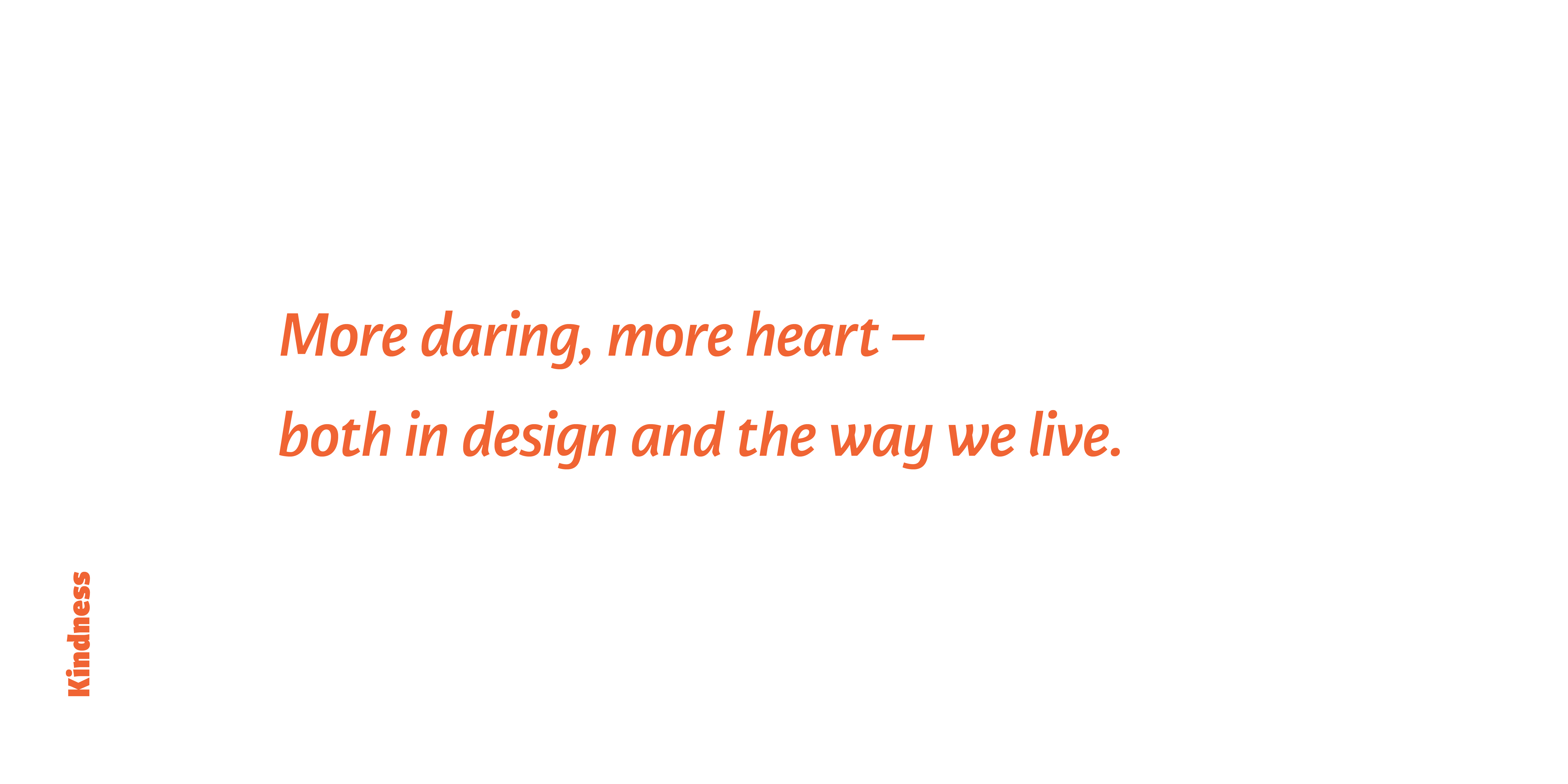
Kindness: For our Environment
Massey University research found 80% of New Zealanders believed we could not protect our health without protecting the environment, and that climate change should be the central focus of a green recovery for our economy. Environmental stewardship underpinned Aotearoa Design’s meditations on designs future;
You said:
“The next few years will be critical and disastrous if focus strays from the longer-term impact of Global Warming.”
“Aotearoa has a strong and intensely creative design sector. I would love to see us taking a leadership role globally for design and innovation with a focus on sustainability and the circular economy.”
“caring, thoughtful, ecologically responsible, environmentally responsive – design should always be thinking about lifecycle.”
“If we can radically change for a health crisis then we should be able to make radical changes for a climate crisis!”
“We need to retain all the benefits working from home has brought, including Māoritanga and a lack of gridlock lost productivity from commuting.”
“That we; will support more sustainable and viable consumer spending, we won’t actively work to rebuild greed and unnecessary want, we will support the whole community, we will work toward better environmental outcomes. And that our values will align with a more positive future.”

Kindness: For our People
“We must also address widespread mental health problems.” The NZ government established a precedent of putting wellbeing ahead of economic gains you hope that will extend to prioritising mental health and wellness in our workplaces too.
You said:
“More manaakitanga (care) and understanding of the fact that everyone is different and reacts to different things in different ways, so be kind.” Raymond Mckay
“To Create Wellbeing for all we need to:- Define wellbeing. Create Positive Human Growth Eliminate the obsession with economic growth alone. Create new Cultural Futures. Create new Social Futures. Embrace Maoritanga. Create new Pacifica Futures.”
“Stop neglecting and overlooking mental health, burnout and stress. Wellbeing, (including all of what an employee deals with outside of work), is on the table in ways that it wasn’t before.”
“Designers are inherently emotional beings – our industry needs to support better work/life balance within our studios.”

Kindness: Within our Practice
In 2020 our professional spaces become more personal. Aotearoa design called for more nurturing, flexible and agile work environments. Jacinda Ardern suggested a four-day working to rebuild New Zealand after Covid-19 saying “flexible working options can boost productivity and domestic tourism and improve work/life balance.” You echoed this, recommending shorter work weeks, less travel and staggered start times.
You said:
“We have a massive opportunity in front of us. I see it every day with the pace of change. We’ve had to stop and put down our ways of thinking and doing. We need to decide (fast) what we choose to pick up again. Gone are the old design business models and clunky processes. It’s time to move on.”
“I hope this experience encourages businesses to rethink the best ways of working for optimal efficiency and creativity – we don’t necessarily need to be in the same physical environment to create great work.”
“Meetings aren’t as useful and productive as they are given credit for. We need to connect digitally and make use of technology to enable better remote collaboration.”
“A greater appreciation of the variety of ways that we can work (studio, remote, hybrid).”
We have proven working remotely is feasible for the design community (even in dire straits), you spoke of showing we are worthy of the trust and respect to manage where and how we work. We should consider how we support designers outside of our studios. Some businesses offered employees contributions towards energy and data costs while working from home during the pandemic – others had budgets to pay for desks and office chairs. Can we continue to do this and encourage remote working moving forward?
You said:
“More work from home, less micromanagement, more flexibility and common sense.”
“I hope designers in Aotearoa take this as a chance to figure out when they’re most productive and really use that time, working smarter not harder.”
“More compassionate, inclusive and considerate work environments will lead to better design outputs.”
“I think realising how quickly people can adapt is key. Experimenting will new programmes can help us narrow down better/alternative systems. A more flexible and online approach to our practice has already provided a positive outcome. It demonstrates empathy and empowerment to our team.”
“I’m hoping that more studios will offer flexibility around working from home/hours for parents now that they’ve had to put it into practice.”
“Now that we know we can work productively remotely, it feels possible to have true diversity and equality within our industry.”
If we take what we’ve learned about flexible work environments, we have a chance of leaving the pandemic stronger and more inclusive than we entered it. More trust and flexibility to work from home will have a positive impact on gender equality within our practice.
You said:
“Working from home enabled us to see more of each other’s personal lives, and the problems of working parents are no longer abstract or hidden. We need more of this transparency and humanity going forward.”
“Flexible work hours to accommodate the difference between office hours and school hours.”
“Removing mandated office hours enables people to commute and work at times that fit their lives.”
“Decentralising the talent – working from home could go some way toward easing the housing affordability crises if people could live further from work.”
“Work from home options helps mixed-ability people to enter the industry where access and transport have been barriers previously.”

The three pillars supporting our reimagining of practice are the same that are leading us through our pandemic response. Collective purpose, determination and kindness will ensure 2020 is a positive turning point for Aotearoa Design.

The data has been sourced from DA’s COVID and You Aotearoa Design Survey, The Take 10with interview series and
https://www.labour.org.nz/news-speech-campaignlaunch
https://www.newstalkzb.co.nz/on-air/the-sunday-session/audio/jason-walls-labours-campaign-launch-and-parliament-rises/
https://www.nzherald.co.nz/business/news/article.cfm?c_id=3&objectid=12353555
https://www.stuff.co.nz/business/300017282/jacinda-ardern-encourages-employers-to-think-about-fourday-week
https://www.theguardian.com/world/2020/may/20/jacinda-ardern-flags-four-day-working-week-as-way-to-rebuild-new-zealand-after-covid-19
Please note that uncredited quotes were pulled from the COVID and You Aotearoa Design Survey where participants nominated to remain anonymous.


